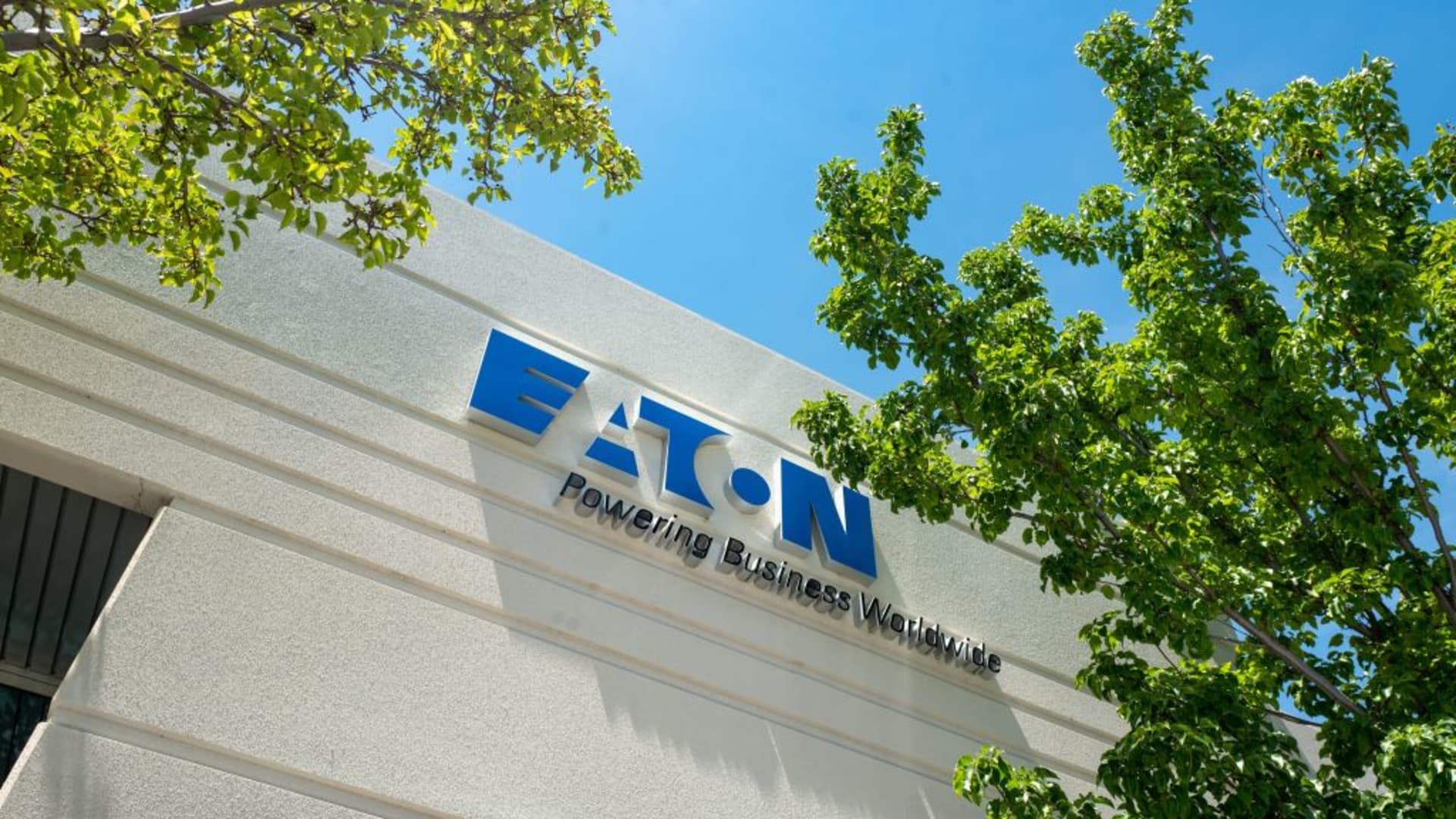
When it comes to investing in artificial intelligence, investors are beginning to turn to companies beyond tech — and instead to real estate, energy and utilities. The rise in power demand for data centers — which are booming from the need to support a new world of AI technologies — is also fueling demand for the providers of data center parts. According to the firm, that includes power producers, grid equipment makers, providers of grid technology, as well as commodity companies tied to uranium and copper, used for cabling and electricity network serving the data center. “Expected power usage for U.S. data centers under construction is equivalent to more than 50% of the power currently used by U.S. data centers. Several years out, even after these data centers are constructed, some expect data center power consumption to double again,” analyst Thomas Thornton wrote in a Wednesday note. “Demand continues to remain robust for ‘traditional’ data center space, pricing power is real, and AI demand remains in its early innings,” Thornton said, noting that AI workloads’ power usage is expected to grow at a compound annual growth rate of between 25% and 33% between 2023 and 2028. He added that AI processing tends to happen on graphics processing units, or GPUs, which are more power intensive, and that the power consumption of GPUs themselves has been increasing — favoring newer data centers designed for AI. According to Bank of America analysts, several companies stand to benefit from the rapidly growing power needs of data centers, including Caterpillar and Equinix. Take a look at the buy-rated names below: Caterpillar is an “underrated” play in this theme, as it has a deep legacy of providing engines for back-up power generation, according to the firm. Analysts pointed out that data centers continue to be a bright spot in Caterpillar’s earnings even as other end markets slow down, as its power generation unit has outpaced the company’s overall growth in the past four quarters. The company is a leading manufacturer of diesel generator sets with more than 450,000 kilowatts installed in data centers and hospitals in a single year, the firm said. Management is raising its own capital expenditures for the first time in a decade to meet the power demand for data centers, BofA added. Caterpillar stock has 7.6% potential upside, according to BofA’s price target of $385. Shares have added nearly 20% this year, but are down 3% over the past week. Buy-rated REITs Digital Realty Trust and Equinix are “starting to capture the very early beginnings of AI demand, but … the vast majority of the total opportunity is yet to come,” according to analyst David Barden. Both companies are anticipating strong top-line revenue growth this year, but the companies diverge when it comes to their bottom line, or net income. “Strong bottom-line growth at EQIX underpins our Top Pick thesis, while DLR is more of a ‘show me story’ in this respect. DLR has long been a slower growth story than EQIX due to dilutive M & A, equity issuance, etc,” Barden said in the note. “This said, investors have shown they are able to look past this in anticipation of better growth in the future given top-line trends.” BofA anticipates shares of Digital Realty and Equinix to jump roughly 24% and 33%, respectively. Digital Realty shares are up 1.7% this year, while Equinix has slumped 7.1%. Software company Aspen Tech and electrical components maker Eaton are a couple other companies BofA is bullish on when it comes to data center infrastructure and power suppliers. The firm thinks Eaton shares could climb another 12.2% after gaining more than 25% this year, saying “we argue a premium valuation is warranted due to expected upside from cyclical operating leverage, strong margin performance, and Eaton’s less cyclical portfolio mix.” Other beneficiaries, from both the growth of data centers and associated power needs, that were mentioned by BofA analysts include energy companies such as Constellation Energy and Dominion Energy . To be sure, analysts mentioned that data center demand will likely exceed supply. As the demand for generative AI piles onto otherwise traditional data center demand, AI-related demand will emerge in two phases — training and inference — where training new AI models will require power and cooling while new data centers will need to be built to accommodate those needs, they said.
